Related Research Articles

Marjory Stoneman Douglas was an American journalist, author, women's suffrage advocate, and conservationist known for her staunch defense of the Everglades against efforts to drain it and reclaim land for development. Moving to Miami as a young woman to work for The Miami Herald, she became a freelance writer, producing over one hundred short stories that were published in popular magazines. Her most influential work was the book The Everglades: River of Grass (1947), which redefined the popular conception of the Everglades as a treasured river instead of a worthless swamp. Its impact has been compared to that of Rachel Carson's influential book Silent Spring (1962). Her books, stories, and journalism career brought her influence in Miami, enabling her to advance her causes.

Andrew Newell Wyeth was an American visual artist, primarily a realist painter, working predominantly in a regionalist style. He believed he was also an abstractionist, portraying subjects in a new, meaningful way. The son of N. C. Wyeth and father of Jamie Wyeth, he was one of the best-known U.S. artists of the middle 20th century. James H. Duff explores the art and lives of the three men in An American Vision: Three Generations of Wyeth Art. Raised with an appreciation of nature, Wyeth took walks that fired his imagination. Henry David Thoreau, Robert Frost, and King Vidor's The Big Parade (1925) inspired him intellectually and artistically. Wyeth featured in a documentary The Metaphor in which he discussed Vidor's influence on the creation of his works of art, like Winter 1946 and Portrait of Ralph Kline. Wyeth was also inspired by Winslow Homer and Renaissance artists.
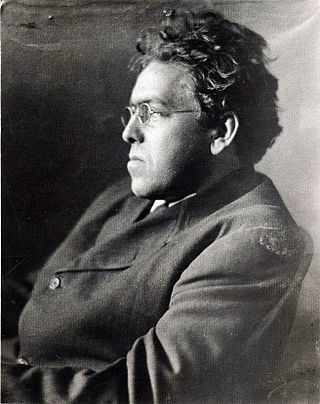
Newell Convers Wyeth, known as N. C. Wyeth, was an American painter and illustrator. He was a student of Howard Pyle and became one of America's most well-known illustrators. Wyeth created more than 3,000 paintings and illustrated 112 books — 25 of them for Scribner's, the Scribner Classics, which is the body of work for which he is best known. The first of these, Treasure Island, was one of his masterpieces and the proceeds paid for his studio. Wyeth was a realist painter at a time when the camera and photography began to compete with his craft. Sometimes seen as melodramatic, his illustrations were designed to be understood quickly. Wyeth, who was both a painter and an illustrator, understood the difference, and said in 1908, "Painting and illustration cannot be mixed—one cannot merge from one into the other."

William Hervey Allen Jr. was an American educator, poet, and writer. He is best known for his work Anthony Adverse, regarded by many critics "as the model and precursor of the contemporary American historical novel."
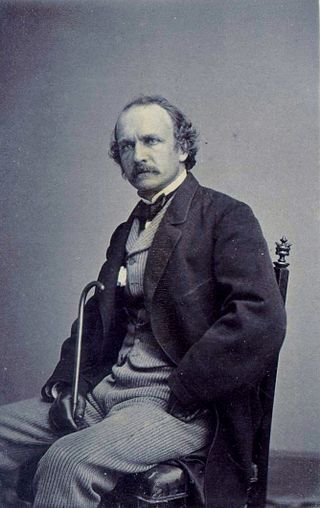
Felix Octavius Carr Darley, often credited as F. O. C. Darley, was an American illustrator, known for his illustrations in works by well-known 19th-century authors, including James Fenimore Cooper, Charles Dickens, Mary Mapes Dodge, Nathaniel Hawthorne, Washington Irving, George Lippard, Henry Wadsworth Longfellow, Donald Grant Mitchell, Clement Clarke Moore, Francis Parkman, Harriet Beecher Stowe and Nathaniel Parker Willis.
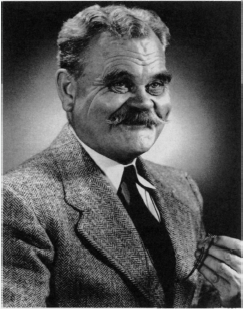
Robert Peter Tristram Coffin was an American poet, educator, writer, editor and literary critic. Awarded the Pulitzer Prize for Poetry in 1936, he was the poetry editor for Yankee magazine.
Carl Lamson Carmer was an American writer of nonfiction books, memoirs, and novels, many of which focused on American myths, folklore, and tales. His most famous book, Stars Fell on Alabama, was an autobiographical story of the time he spent living in Alabama. He was considered one of America's most popular writers during the 1940s and 1950s.

Elizabeth Wright Enright Gillham was an American writer of children's books, an illustrator, writer of short stories for adults, literary critic and teacher of creative writing. Perhaps best known as the Newbery Medal-winning author of Thimble Summer (1938) and the Newbery runner-up Gone-Away Lake (1957), she also wrote the popular Melendy quartet. A Newbery Medal laureate and a multiple winner of the O. Henry Award, her short stories and articles for adults appeared in many popular magazines and have been reprinted in anthologies and textbooks.
Dorothy Pulis Lathrop was an American writer and illustrator of children's books.

The Brandywine School was a style of illustration—as well as an artists colony in Wilmington, Delaware and in Chadds Ford, Pennsylvania, near the Brandywine River—both founded by artist Howard Pyle (1853–1911) at the end of the 19th century. The works produced there were widely published in adventure novels, magazines, and romances in the early 20th century. Pyle’s teachings would influence such notable illustrators as N.C. Wyeth, Maxfield Parrish, Harvey Dunn, and Norman Rockwell. Pyle himself would come to be known as the "Father of American Illustration." Many works related to the Brandywine School may be seen at the Brandywine River Museum of Art, in Chadds Ford.
Farrar & Rinehart (1929–1946) was a United States book publishing company founded in New York. Farrar & Rinehart enjoyed success with both non-fiction and novels, notably, the landmark Rivers of America Series and the first ten books in the Nero Wolfe corpus of Rex Stout. In 1943 the company was recognized with the first Carey-Thomas Award for creative publishing presented by Publishers Weekly.
Rinehart & Company was an American publishing company founded in 1946. Renamed Rinehart & Company in 1946, the publishing company merged with Henry Holt and Company and the John C. Winston Company in 1960, to form Holt, Rinehart and Winston (HRW).
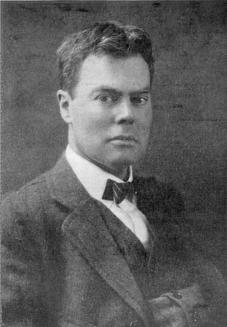
Thornton Oakley was an American artist and illustrator.

The Everglades: River of Grass is a non-fiction book written by Marjory Stoneman Douglas in 1947. Published the same year as the formal opening of Everglades National Park, the book was a call to attention about the degrading quality of life in the Everglades and remains an influential book on nature conservation as well as a reference for information on South Florida. It was used as recently as 2007 by The New York Times.

A national push for expansion and progress toward the latter part of the 19th century stimulated interest in draining the Everglades, a region of tropical wetlands in southern Florida, for agricultural use. According to historians, "From the middle of the nineteenth century to the middle of the twentieth century, the United States went through a period in which wetland removal was not questioned. Indeed, it was considered the proper thing to do."

John Archibald Austen was a British book illustrator.

Eric Walter Blom was a Swiss-born British-naturalised music lexicographer, music critic and writer. He is best known as the editor of the 5th edition of Grove's Dictionary of Music and Musicians (1954).
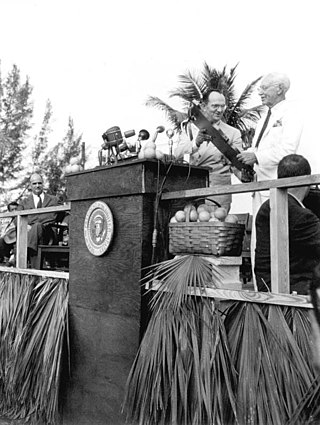
Ernest Francis Coe, also "Tom Coe" was an American landscape designer who envisioned a national park dedicated to the preservation of the Everglades, culminating in the establishment of Everglades National Park. Coe was born and spent most of his life in Connecticut as a professional gardener, moving to Miami at age 60. He was enormously impressed with the Everglades and became one of several South Florida-based naturalists who grew concerned for the wanton destruction of plants, animals, and natural water flow in the name of progress and prosperity. Coe worked for more than 20 years to get Everglades National Park established, but he viewed the effort as mostly a failure. However, Oscar L. Chapman, former Secretary of the Interior, stated "Ernest Coe's many years of effective and unselfish efforts to save the Everglades earned him a place among the immortals of the National Park movement."

The Kuerner Farm, also known as Ring Farm, is an historic farm which is located in Chadds Ford, Pennsylvania. It is notable for its association with artist Andrew Wyeth, who created about one-third of his work, more than 1,000 paintings and drawings, on subjects he found there during a span of seventy-seven years.
Joe Bartles Browder was an American environmental activist who spearheaded ongoing efforts to save the Florida Everglades. He was considered to be a global environmental advocate. He was an advisor on energy, climate change, environmental policy to public-interest groups, foundations, auto and energy companies, other businesses, Native American tribes and government agencies. He started out his career as a television news reporter, an active volunteer and later a paid representative for Audubon.
References
This article includes a list of general references, but it lacks sufficient corresponding inline citations .(April 2009) |